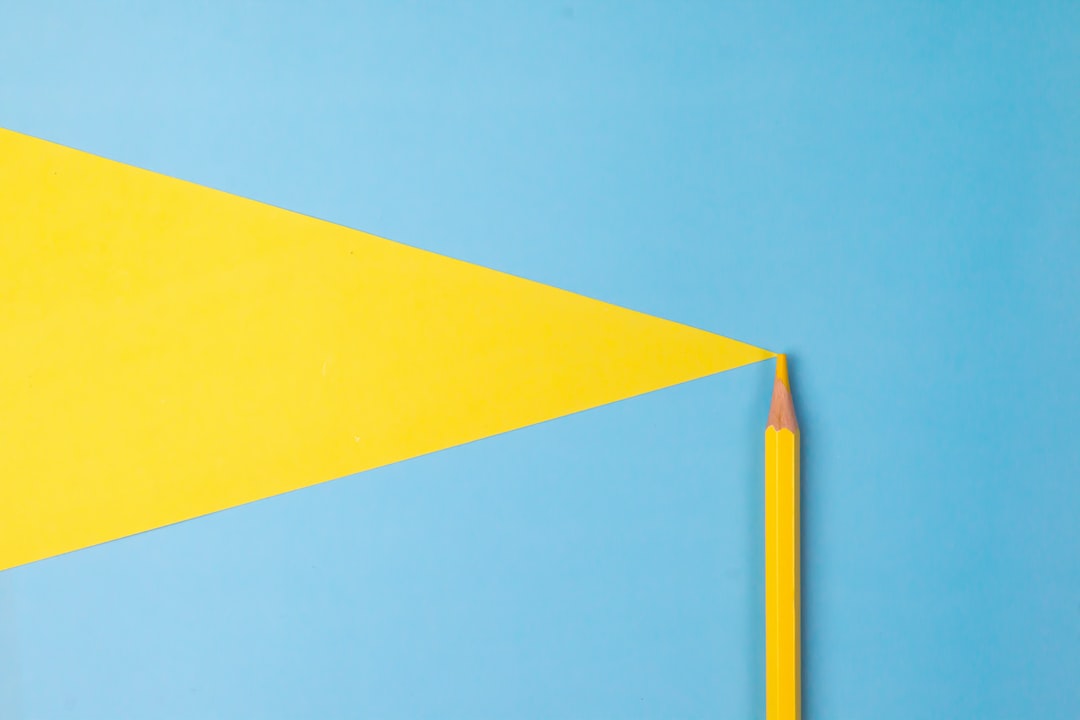Physical education, often abbreviated as PE, is an integral part of a well-rounded curriculum. It is not simply a break from academic studies or a time for students to let loose. On the contrary, physical education offers numerous benefits that contribute to a student’s overall development and growth.
First and foremost, physical education promotes a healthy lifestyle. In an era where sedentary activities such as playing video games and binge-watching shows have become the norm, it is crucial to instill the importance of exercise and physical activity in young minds. Regular participation in PE classes introduces students to a variety of physical activities and sports, helping them understand the significance of staying active.
Furthermore, physical education fosters physical fitness and motor skills development. Through engaging in various physical activities, students can improve their strength, endurance, coordination, and flexibility. These skills not only benefit them in the classroom but also in their daily lives. Encouraging children to participate in PE classes at an early age can help them develop healthy habits that may prevent obesity and other health issues later in life.
Additionally, physical education contributes to cognitive development. Research shows that physical activity can enhance brain function and improve academic performance. When students engage in physical activities, blood flow and oxygen levels increase, thereby enhancing cognitive abilities such as memory, concentration, and problem-solving skills. PE classes thus offer a positive impact on a student’s academic performance.
Moreover, physical education provides an avenue for social and emotional development. During PE classes, students work in teams, interact with their classmates, and learn important social skills such as teamwork, cooperation, and communication. Through group activities and sports, students develop a sense of camaraderie, learn to celebrate victories, and handle defeats graciously. These experiences help build their self-esteem, resilience, and overall emotional well-being.
Lastly, physical education promotes lifelong physical and recreational activities. By exposing students to a variety of sports and physical activities, PE classes help them discover their interests and talents. These classes provide a foundation for students to pursue sports or recreational activities outside of the academic setting. Whether it be running, swimming, dancing, or basketball, physical education encourages a lifetime of fitness and enjoyment.
In conclusion, physical education plays a pivotal role in a well-rounded curriculum. It not only promotes a healthy lifestyle, physical fitness, and cognitive development but also contributes to social and emotional growth. By investing in physical education, educational institutions lay the foundation for students to lead healthier, more balanced lives. Plus, the skills and habits developed through PE classes can last a lifetime, ensuring the overall well-being of individuals in both their personal and professional lives.

